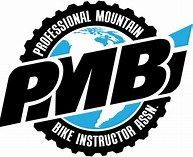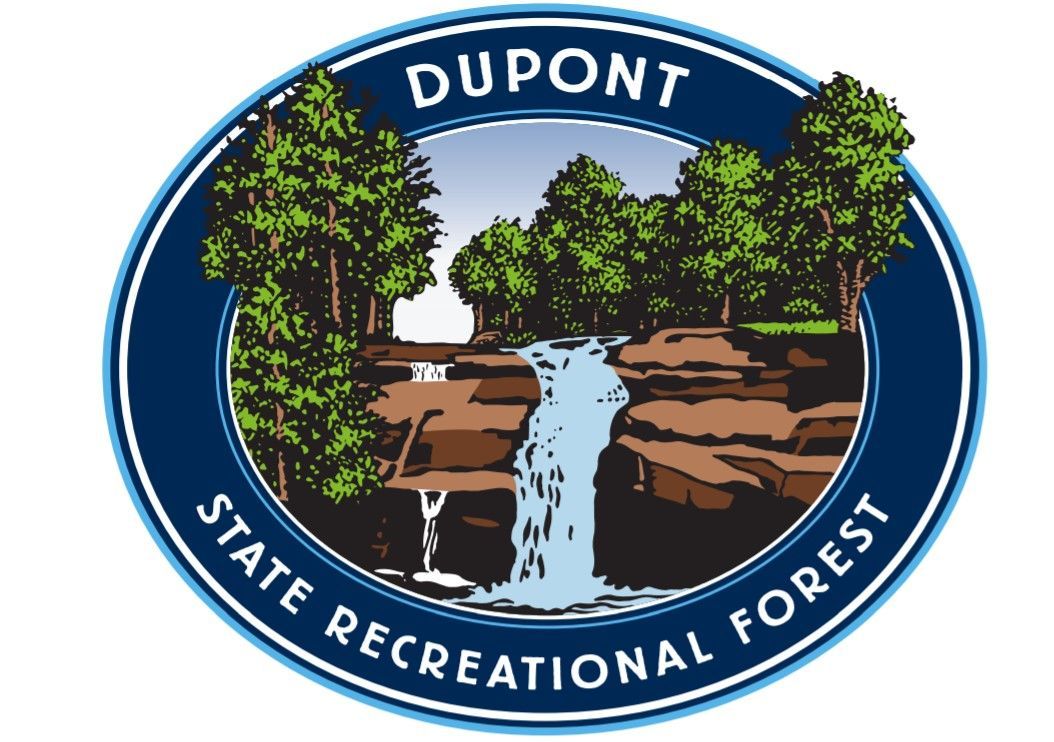How To Check Your Bike Helmet
How To Check Your Mountain Bike Helmet

HOW TO CHECK YOUR MOUNTAIN BIKE HELMET IS FIT FOR PURPOSE
Nobody enjoys crashing, yet it will undoubtedly happen at some point. When I'm abruptly and unintentionally separated from my bike, it's nice to know that my head is covered. Perhaps I'm becoming older and wiser, but preserving the few remaining brain cells is at the top of my priority list. Knowing that my helmet will do its job allows me to ride with confidence and appreciate the trails even more. While many of us spend hours tinkering with our bikes in the hopes of achieving technical perfection, when was the last time you examined your helmet?
Here are a few things to keep an eye out for when purchasing a new helmet or inspecting your current brain bucket!
WHEN SHOULD YOU REPLACE YOUR HELMET?
To begin with, few individuals are aware that you should update your helmet every three years at the very least. A helmet begins to disintegrate as soon as it is created. This can be caused by UV damage, small scrapes from putting it in and out of kit bags, as well as larger knocks and even sweat. Examine the manufacturing label on the inside; if it's older than three years, you've got yourself a good reason to buy a new lid!
After any major collision in which your helmet has sustained a significant amount of damage, it should be replaced. It's also a good idea to inspect your helmet after you've traveled, as it could have been damaged in transportation.
The majority of helmets are constructed of EPS foam, which can be easily molded and is designed to distribute impact force. When EPS is hit, it crushes and changes shape, making certain sections of the helmet thinner and more vulnerable to another impact in the same spot.
When it comes to choosing a new lid, fit and function, as well as protection, are the most important factors. For fit, I want to see if it sits comfortably and securely on my head without wobbling. I check how far it comes down the back and sides of my head for protection.
More often than not I’m riding rocky trail in the mountains and that bit of extra coverage can make all the difference between walking away with just a dent in my pride and not in my head!
Here’s what to look for when checking if your mountain bike helmet is up to scratch…
1. Give it a once over, are there any dents or scuffs on the outer shell?
2. Looking at the inside of the helmet, flex it out and compress it inwards, check to see if any cracks appear under stress. Just the other week I saw someone do this and a huge crack opened on the inside of the helmet which wasn’t visible otherwise.
3. Check the straps and clasp, does it tighten properly and are the straps damaged?
4. Buckle, check that there are no cracks in the buckle itself and that once done up it can’t just be pulled apart.
5. Visor, this is a new one I’m adding after seeing someone’s peak work itself loose and flop forwards rendering them blind whilst descending technical trail. Not ideal unless you can ride by sense of smell! Check those little screws are done up and holding your peak nice and tightly.
“after any significant crash… your helmet should be replaced”

DON’T FORGET YOUR MOST IMPORTANT ASSET!
While there's always a new sparkling component promising to better your riding and win you the next EWS, perhaps the simple helmet is your next best investment and deserves some maintenance after riding and traveling.
While the ancient adage goes, "Ride fast, take chances, Pain fades, glory lasts forever," perhaps, just maybe, it's better to be safe and have fun knowing your brain is protected, and that you know how to ensure your mountain bike helmet is fit for purpose.














